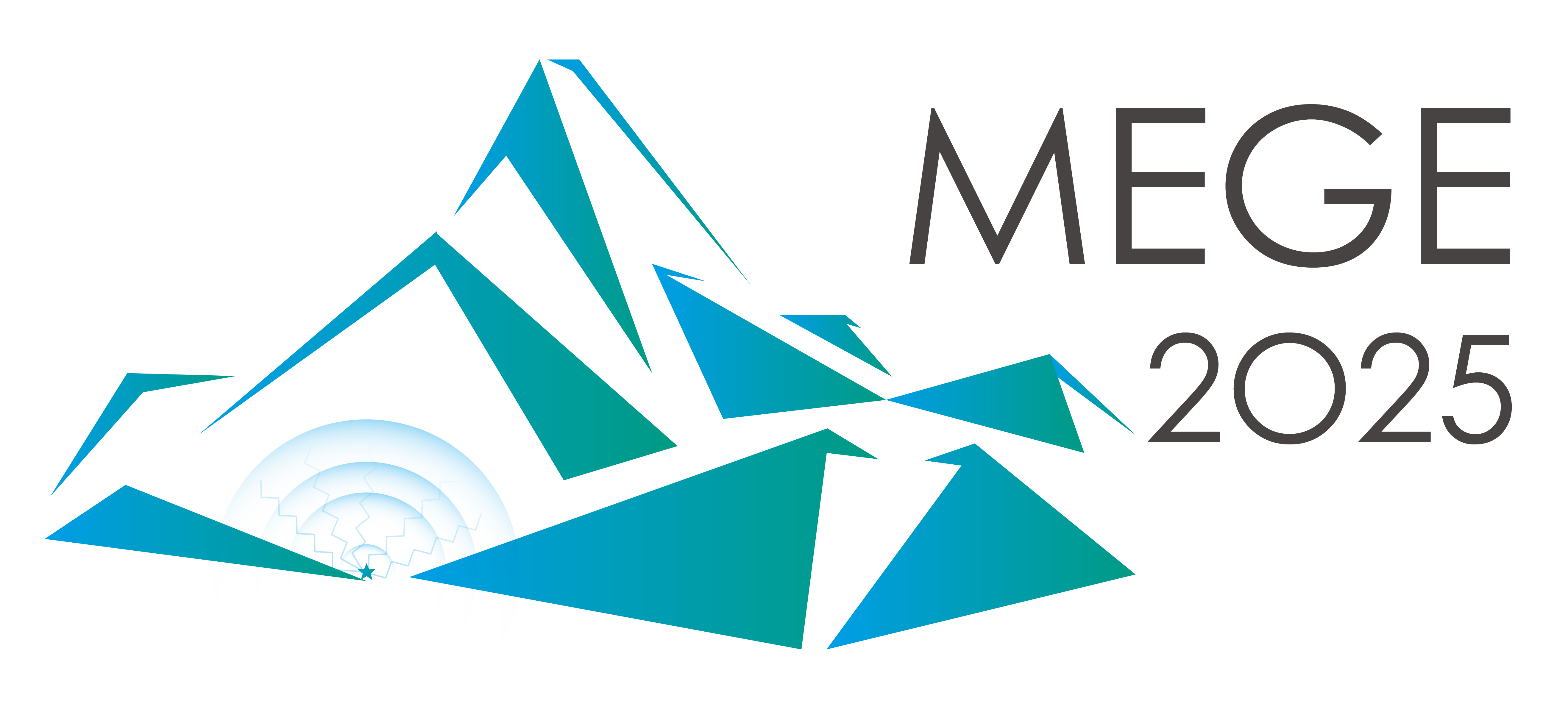|
Filippo Catani
|
Title: Adding value to landslide predictive models with AI
Biography: Filippo Catani, PhD, is Full Professor of Engineering Geology and Director of the “Machine Intelligence and Slope Stability Laboratory” (MISSlab) with the Department of Geosciences of the University of Padova.
He is Council Member of FOMLIG (Future of Machine Learning in Geotechnics, est. 2024). Since 2016 he is UNESCO Chair Associate on the Prevention and Sustainable Management of Geo-Hydrological Hazards at the University of Florence (Italy). He is Invited Professor of Landslide Monitoring and Early Warning at the Korean Institute of Geoscience and Mineral Resources (KIGAM, South Korea), and at the SKLGP of Chengdu University of Technology (China). He is member of NASA-JPL informal group on Earth Surface Changes. He is member of the Scientific Committee of the Centre of Civil Protection of the University of Florence, ERASMUS Program Delegate for the Master Program in Water and Geological Risk Engineering at the University of Padova, and member of the Scientific Board of the Italian Branch of IAEG. He is Editor for the NHESS journal. His recent research interests are focused on the application of artificial intelligence methods to slope stability, the combination of numerical modelling and deep learning for the analysis of failure conditions on natural and man-made slopes, and the use of advanced remote sensing methods for slope monitoring and landslide forecasting at all scales.
|
|
Paul Carling
|
Title: Megaflood and GLOF research opportunities – a personal perspective
Biography: Paul Carling is an emeritus professor at the University of Southampton and a Visiting Professor at SKLGP, Chengdu in China. He has published over 300 papers. His current interests include the processes associated with prehistoric megafloods and recent glacial-lake outbreak floods. A current focus is developing a better interpretation of the hydraulics of exceptionally large floods from the associated sedimentary deposits.
|
|
Alexander Strom
|
Title: Prehistoric Seismically-induced Landslides: Uncertainties and Controversy of their Identification CriteriaI
Biography: Dr. Alexander Strom.Chief expert in the Research Institute of Energy Structures – branch of the JSC "Hydroproject Institute", deputy head of the seismic hazard assessment department in the "Russian Geotechnical Institute" LLC, Professor of Sergo Ordzhonikidze Russian State University for Geological Prospecting, Visiting professor in SKLGP (Chengdu, China). Graduated in 1975 from the Geological Department of Moscow State University. Got PhD in geology / paleoseismology in 1999 in the Institute of Physics of the Earth, Moscow, Russia and degree of Dr. Habil in Engineering Geology in 2022 in Moscow State University. Performed seismic hazard assessment of the numerous HPP dam sites in the Central Asia region, Caucasus, Siberia, Far East of Russia, Mongolia, India, and Sudan. Studied active fault crossings at the pipeline routes of the Sakhalin-1, Sakhalin-2 and Sakhalin-5 Projects, Eastern Siberia – Pacific (VSTO) oil pipeline Project, Power of Siberia gas pipeline Project. Studied rockslides and rock avalanches in Central Asia (Pamir, Tien Shan), Greater Caucasus, Alps, Himalayas, Longmemshan; published the book "Rockslides and Rock Avalanches of Central Asia", 2018, Elsevier. Participated in elaboration of the new Russian macroseismic scale ("Natural phenomena" section) of several Russian construction codes: "Construction in seismic-prone regions", "Hydraulic structures in seismic-prone regions", "Site investigations for construction in the landslide-prone regions", and of the seismic zoning map of Russian Federation OSR-2016 (Deputy of the Chief Editor on sesimotectonics). Organized translation and publication of the second edition of "Paleoseismology" in Russian and performed its scientific editing. Since 2006 has organized annual International field training course on rockslides and related phenomena in Kyrgyzstan (the Kokomeren Summer School). Member of the Editorial Board of the "Landslides", "Geoenvironment disasters", "Geomorphology", "Engineering Geology", "BOEG" and "GeoRisk World" Journals. Published more than 150 papers in Russian and International journals, books and conferences proceedings.
|
|
Toshihiko Shimamoto
|
Title: Chengdu experimental system for comprehensive landslide studies; its scope and preliminary results
Biography: T. Shimamoto has worked on fault mechanics and earthquake mechanisms, fluid flow and basin evolution, and landslide mechanics integrating field and laboratory studies for more than 40 years. In particular, he developed the first high-velocity friction apparatus in early 1990’s, revealing dramatic weakening of faults at high velocities. His high-temperature biaxial friction apparatus lead to the establishment of friction to flow law that merged rate and state friction laws and high-temperature flow laws describing complex fault properties across lithospheres. He also has been expanding his work to landslide mechanics in the last 15 years.
Ph. D. in geology from Texas A&M University (1977). Currently, President of Shimamoto Earth and Environment Laboratory Ltd. (SEE-Lab; Hiroshima, Japan), an invited professor at SKLGP of Chengdu University of Technology, Honorary Professor at Institute of Geology, China Earthquake Administration (IGCEA), Professor Emeritus at Kyoto University, and former professors at University of Tokyo and Hiroshima University. He received the Chinese Government Friendship Award in 2014 for installing an advanced friction apparatus in China, and the Louis Néel Medal from EGU (2015), JPGU Fellow (2016), and AGU Fellow (2019) for his contributions to understanding high-velocity friction of faults and lithosphere rheology.
|







